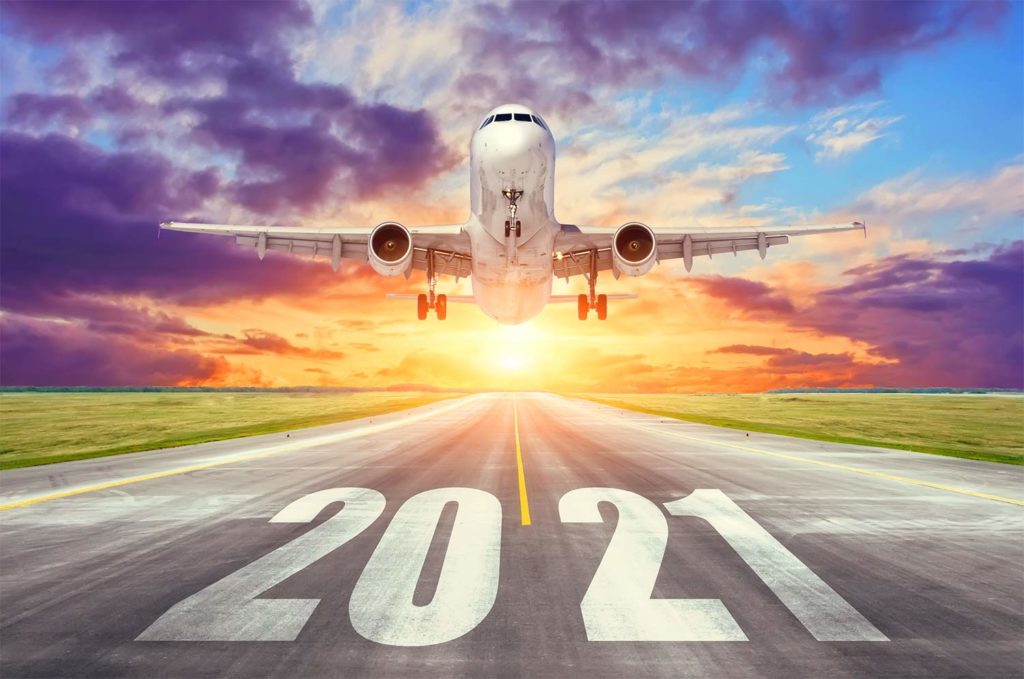

Turning the Page to 2021
I think we’re all in agreement that the end of 2020 couldn’t come soon enough. Following such a unique and challenging (to say the least) year, one can only hope the new year brings hope, light, and prosperity. Although that may be what we all look for as individuals, it’s not as warm and welcoming on the insurance side. As we move into 2021, we look back on last year and see if and how things may change in the year to come. The following commentary, borrowed and paraphrased from Jason Wissmiller of Assured Partners, is a universal summary that all of us in aviation insurance can take something from.
First, let’s just be upfront and address the question everyone is asking: Will the aviation insurance market be any different in 2021? The likely and unfortunate answer is no. There are a lot of contributing factors to this, such as the following:
- January 2020 — S-76 crashes into a hillside in Southern California, killing nine people, including Kobe Bryant.
- February and March 2020 — Tornadoes hit airports in Tennessee, Arkansas, and Louisiana.
It is expected that losses from the two items above will top $125,000,000. - Fallout from the Boeing 737MAX losses continues to have an impact. Between the Ethiopian Airlines and Lion Air aircraft crashes, and the Boeing products liability grounding losses for the 737MAX, the overall losses associated with the Boeing 737MAX is looking to be $2 billion, which is significant considering the worldwide aviation insurance premium is estimated to be less than $2 billion.
- The Coronavirus Impact — March 2020 saw the onset of the pandemic, which resulted in an extreme slowdown in commercial aviation, especially the airlines. Recent information suggests that the airline sector is still operating nearly 60% below the same period last year. Airline liability premiums are often based on revenue passenger miles or other variable measures of activity. Underwriters were counting on increased airline premiums to improve their underwriting results in 2020 but instead had a significant shortfall.
The above items aren’t fun to talk about, but they are necessary to point out because they represent the bulk of the reason we find ourselves in this market. With nearly every renewal in 2020, we had a conversation that touched on some or all of the above topics as to why loss-free operators saw their rates increase. We hope that by shedding some light on the reasoning behind overall rate increases, operators and owners go into their renewals with a more accurate understanding of what to expect. It’s not a pleasant conversation, but it’s the reality of our industry at this time.
